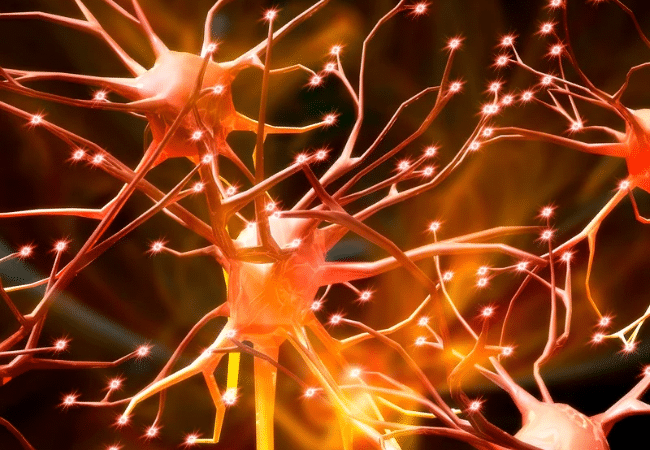Complications of T1D: Nerve damage (neuropathy)

Nerve damage is a complication of type 1 diabetes (T1D). Nerves usually carry signals from your brain, helping you control, move and feel parts of your body. But if you suffer from nerve damage – also known as neuropathy – you can experience numbness, tingling and loss of feeling. It can also lead to issues with your organs, including your heart and stomach.
Being aware of the early signs of nerve damage can mean you get treatment earlier. This can reduce or even stop further damage.
What is neuropathy?
Neuropathy – specifically, diabetes-related neuropathy – occurs when high blood glucose levels harm your nerves over time. This disrupts their ability to carry signals between your brain and other parts of your body, which can lead to some complications.
What causes neuropathy in people with T1D?
Having prolonged high blood glucose levels is the primary cause of neuropathy in people with T1D. These elevated levels can damage your nerves, affecting sensory perception, muscle control, and autonomic functions like digestion and bladder control.
What are the symptoms to look for?
Symptoms of diabetes-related neuropathy depend on the type of nerve damage. These are some common early symptoms you can look out for:
- numbness, tingling, or sharp pains in your feet or lower legs
- pins and needles sensation
- loss of sensation or burning in your extremities
- loss of bladder control
- irregular heartbeat
- muscle cramps
- lack of sweat
- gastroparesis (slower stomach emptying, causing unpredictable blood glucose levels and nutrient absorption issues).
What health checks can you have done?
Keeping an eye out for symptoms and seeing your doctor as soon as possible for a diagnosis are key to managing diabetes-related neuropathy. You should also consider these checks:
- have your doctor or diabetes team examine your feet at least once a year to detect any changes in nerve function – but speak to them immediately if you notice any symptoms of nerve damage, without waiting for your annual review
- get comprehensive exams based on any symptoms you notice.
How is neuropathy treated?
Once it’s happened, you can’t reverse nerve damage. But the good news is that early intervention can stop neuropathy from getting worse.
Your treatment options will vary based on the type of neuropathy, but they may include:
- medications to manage pain and symptoms
- therapies to improve muscle control and function
- dietary adjustments and medications to manage gastroparesis
- continuous blood glucose monitoring and control to minimise further nerve damage.
How can you reduce your risk?
You can reduce the risk of diabetes-related neuropathy by managing your T1D effectively. That includes:
- keeping your blood glucose levels within the target range as consistently as possible
- controlling your blood pressure and cholesterol levels
- regularly checking your feet for cuts or wounds to prevent infections and complications
- seeking support from your healthcare team.
Where to go for more support
If you’re experiencing any symptoms of diabetes-related neuropathy, or you’d like more information, talk to your healthcare team about the best approach for you.
Read about more T1D complications and how to prevent, recognise and treat them:
